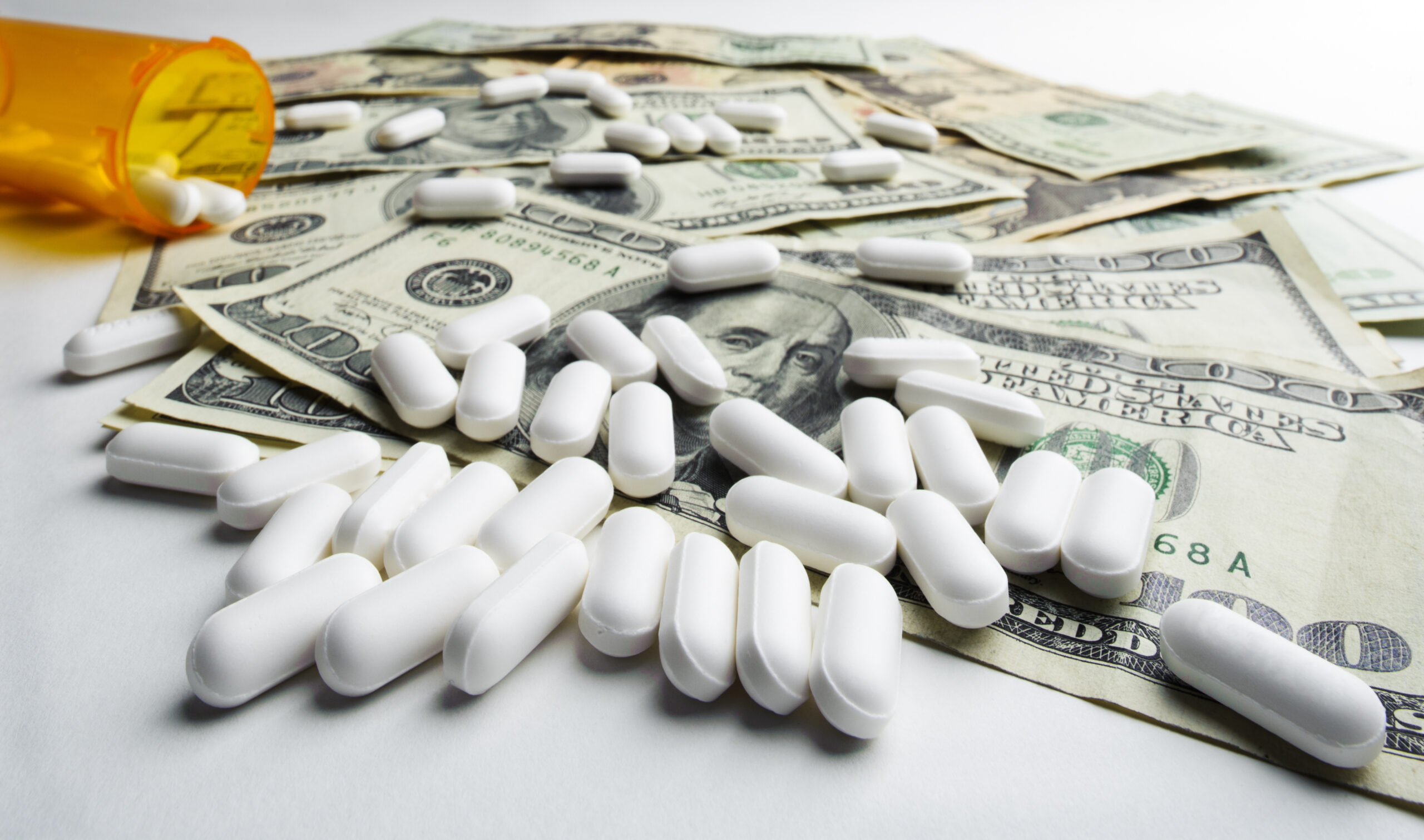© 2025 CSRXP- All Rights Reserved

Big Pharma Earnings Watch
Apr 27, 2019
Big Pharma Flying High: Sanofi & AstraZeneca Beat First Quarter Profit Forecasts, Continue Industry Trend
Another day, another pair of price-gouging Big Pharma companies announcing they had surpassed profit expectations for the first quarter of 2019.
Drug makers AstraZeneca and Sanofi both announced this past Friday their earnings beat expectations for first quarter 2019. The forecast topping announcements from the two companies make the largest Big Pharma players six for six in beating profit expectations for the first quarter – at the same time the industry has come under fire for putting profits before people by continuing to price gouge American patients.
Sanofi and AstraZeneca are no strangers to hiking prices on the prescription drugs needed by American patients.
Sanofi, a French company, is one of the world’s largest manufacturers of insulin. In fact, Sanofi is one of only three companies that control 99 percent of the insulin market. With this level of market control and virtually zero generic competition, these three companies have repeatedly hiked prices.
- “Sanofi’s Popular Insulin Brand Lantus Was $35 A Vial When It Was Introduced In 2001; It’s Now $270.”(Tiffany Stanley, “Life, Death And Insulin,” The Washington Post, 1/7/19)
- Despite Growing Scrutiny Over Drug Pricing, In January 2019, Sanofi and Novo Nordisk Raised The List Price Of Insulin By As Much As 4.9 Percent.“Drugmakers kicked off 2019 with U.S. price increases on more than 250 prescription medicines by Jan. 2. That total has almost doubled, with pharmaceutical companies hiking prices on nearly 490 drugs by Jan. 10, according to Rx Savings. This includes insulin price hikes of between 4.4 percent and 5.2 percent by Sanofi and 4.9 percent by Novo Nordisk. Sanofi said its increases were below the Centers for Medicare & Medicaid Services projections for medical inflation, and that it expects net prices to drop in 2019.” (Michael Erman, “J&J Raises U.S. Prices On Around Two Dozen Drugs,” Reuters, 1/10/19)
AstraZeneca is also culpable for rising prescription drug prices. When the company learned a generic competitor to its high cholesterol drug Crestor was coming to market, it immediately jacked up the price.
- As AstraZeneca Faced Generic Competition To Its High Cholesterol Drug Crestor, Its “Price Was Increased Several Times Before The Generic Came Out … Including By About 15 Percent Right Before.” “AstraZeneca’s AZN, -0.08% drug Crestor, another of the drugs featured in the report, is a popular but expensive drug that treats high cholesterol. In 2016, when the drug first got a new generic rival, the branded product cost about $300 a month without insurance coverage. The price was increased several times before the generic came out … including by about 15% right before. (AstraZeneca said it could not comment because it was not involved in the study.)” (Emma Court, “Big Pharma Games The System To Make Generic Drugs More Expensive,” MarketWatch, 8/3/18)
- AstraZeneca’s Pricing Strategy Served To Create “A New, Higher Baseline Price When The Generic Hits The Market.” (Tori Marsh, “Prices For Brand Drugs Spike Before A Generic Is Released. Here’s Why.,” GoodRx, 7/27/18)
Without accountability, Big Pharma will continue to hike prices in pursuit of greater profits and oppose market-based solutions to lower prescription drug prices and deliver relief for American patients.
Policymakers in Washington should take notice of Big Pharma’s continued cash bonanza fueled by price-gouging and take concrete action to advance bipartisan, market-based measures to increase competition and lower drug prices.
In addition to Sanofi and AstraZeneca, Big Pharma companies Bristol-Myers Squibb, AbbVie, Novartis and Johnson & Johnson have all also surpassed their first-quarter earnings forecasts.
Will Amgen, Eli Lilly, Merck and Pfizer complete the trend by beating their profit expectations? Stay tuned next week to find out when those companies announce their first quarter earnings.
###
